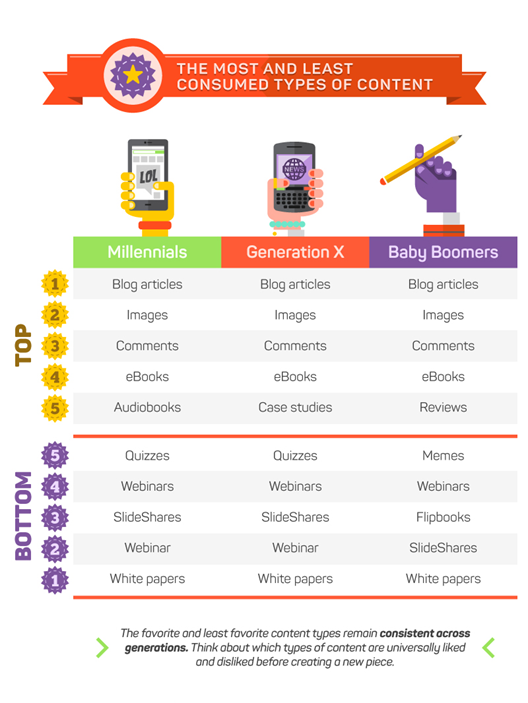What is it?
 It is that little square that seems to be popping up in all sorts of places. Flyers, store windows, soup cans, game controllers, and a bottle of lotion are all found to have this square of tiny dots in what seems to be a random pattern. However, the pattern is anything but random and the impact of the square is anything but tiny.
It is that little square that seems to be popping up in all sorts of places. Flyers, store windows, soup cans, game controllers, and a bottle of lotion are all found to have this square of tiny dots in what seems to be a random pattern. However, the pattern is anything but random and the impact of the square is anything but tiny.
The code “consists of black modules (square dots) arranged in a square pattern on a white background” (Neal, 2012, para. 3). A cousin of the traditional barcode a QR code does differ in several ways. For one, it holds a great deal more information. “While a traditional bar code can hold a maximum of 20 digits, a QR code can hold up to 7,089 characters” (Crompton, LaFrance, & van’t Hooft, 2012). It is scanned like a bar code, but provides information up and down and from side to side. Speed is another advantage of the QR code over the bar code; it can be read more than 10 times faster than other code” (para. 8). The code can contain a variety of data, including plain text, GPS coordinates, phone numbers, or website addresses (Crompton et al., 2012).
What is the Purpose?
What exactly are you supposed to do with a QR code? Scan it! There are a number of ways to read a QR code. If you own a smartphone or tablet device there are a number of free readers available in those online stores for download. One that I currently have loaded is the NeoReader for the iPhone. (http://www.NeoReader.com) It can be found on iTunes for download at https://itunes.apple.com/app/neoreader-qr-reader-barcode/id284973754. Another popular reader is the QR Droid App for Android operating devices. Access Google Play link for quick download at http://q.qr.ai. For those of you without a smartphone or tablet device there is another option! QR codes can be ready straight from your laptop! Visit Code Two Reader http://www.codetwo.com/freeware/qr-code-desktop-reader.
Information shared with QR codes can vary. The options can be nearly endless, but many of the codes access links to extra information about a product, or a coupon for services from a business. Social media, V cards (contact information), and Wi-Fi connections are also applications that are often seen with QR codes.
There are many applications that Extension professionals can utilize with QR codes. Marketing with flyers, collection of survey information at a conference, or playing an interactive “scan-venger” hunt with your audience can help them engage with their devices.
Creation of QR Codes
The creation of your own QR codes is easy, and customizable for those who are interested! QR stuff (http://www.qrstuff.com) is a site that I commonly use for the creation of QR codes. You click what kind of connection you wish for the code to make and copy the URL to the box. Once created you can save the QR code and insert it into any document such as word, PowerPoint, or publisher.
Ideas for application will be addressed in a future blog post, but I would love to hear about the QR codes you are using in your program! Feel free to leave a comment or email me at gottke.4@osu.edu to share.
Happy QR coding!

This is a live and functional QR code you can scan! Use it as a test to make sure your application is working.
Reference:
Crompton, H., LaFrance, J., & van’t Hooft, H. M. (2012). QR codes 101. Learning & Leading with Technology, 39(8), 22-25.










